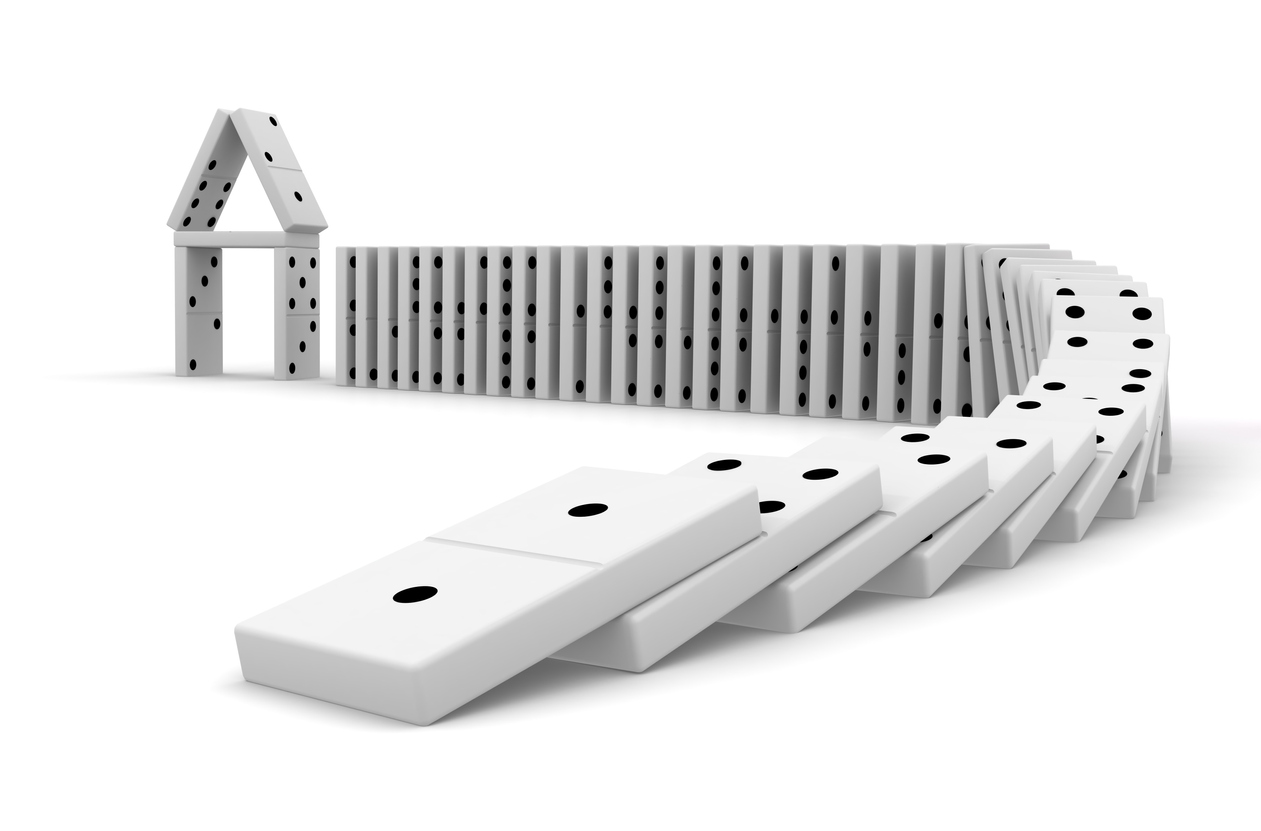The Policy: Plaintiffs, Frymire Home Services, Inc. and Whitfield Capital LLC (collectively “Plaintiffs”), purchased a commercial policy for their office building in Dallas, Texas from Defendant Ohio Security Insurance Company (“OSIC”). The policy explicitly covered “windstorm and hail” losses but excluded “cosmetic” damage to the roof as well as the standard insurer defense for non-payment—“wear and tear.”
Background: In June 2018, a severe wind and hailstorm sweep through the Dallas area and severely damaged Plaintiffs’ building. Plaintiffs submitted a claim to their insurer, OSIC. OSIC investigated the damage and concluded that wear and tear rather than wind and hail had caused the damage to Plaintiffs’ roof and denied the claim.
Plaintiffs filed suit alleging breach of contract and related extra-contractual claims under Texas law. OSIC removed the suit to federal court on diversity grounds and filed a motion for summary judgment. In response, Plaintiffs produced the declaration of their adjuster, Brady Sandlin, who swore that although there could have been some non-covered roof damage, “the June 2018 hailstorm was the sole cause of Plaintiffs’ losses.”1
The trial court granted OSIC’s summary judgment motion dismissing all of Plaintiffs’ claims. The court concluded that Plaintiffs’ loss involved concurrent causes because the roof had some preexisting damage and Plaintiffs bore the burden of allocating which portion of their loss came from that hailstorm, and Plaintiffs had failed to carry that burden to demonstrate the existence of a disputed material fact.2
Plaintiffs appealed.
The Fifth Circuit Appeal: The Fifth Circuit Court of Appeals, with Circuit Judges Davis, Haynes, and Oldham, identified the ultimate issue in the appeal as whether the district court correctly granted OSIC summary judgment and identified the central issue as whether Plaintiffs had provided enough evidence for a reasonable jury to conclude that the June 2018 hailstorm provided covered losses.
The Fifth Circuit noted:
This case raises the difficult specter of whether any ‘wear and tear’ on a roof triggers the ‘concurrent cause’ scenario in building insurance cases. The extremes suggested by the parties’ arguments are troubling: it would be a rare roof that lacks wear and tear—but such cosmetic ‘defects’ are rarely the reason for roof damage that causes leaking and holes in the roof. Put another way, an ugly roof can function until it is hit by a hailstorm. Would the hail damage that rendered it nonfunctional be covered in full?3
The Fifth Circuit discussed the closest Texas authority it could find to answer the issues, Lyons v. Millers Casualty Insurance Company of Texas.4 Lyons holds that “when a loss is caused by both covered and non-covered perils, an insured must present ‘some evidence’ to attribute the loss to just the covered peril.”5 But what the Fifth Circuit sated it did not find in Lyons was how a claim becomes subject to the concurrent cause rule rather than merely what happens when the rule applies.6 The Fifth Circuit deduced: “Our reading of Lyons is that it does not resolve this issue: Whether the presence of any preexisting damage necessarily triggers the concurrent cause doctrine” (emphasis in the original).7
The Certified Questions: Accordingly, on its own motion, the Fifth Circuit certified the following questions and respectfully requested they be answered by the Texas Supreme Court:8
- “Whether the concurrent cause doctrine applies where there is any non-covered damage, including ‘wear and tear’ to an insured property, but such damage does not directly cause the particular loss eventually experienced by plaintiffs;
- If so, whether plaintiffs alleging that their loss was entirely caused by a single, covered peril bear the burden of attributing losses between that peril and other, non-covered or excluded perils that plaintiffs contend did not cause the particular loss; and
- If so, whether plaintiffs can meet that burden with evidence indicating that the covered peril caused the entirety of the loss (that is, by implicitly attributing one hundred percent of the loss to that peril).”
Stay tuned as the Texas Supreme Court writes the next chapter of “Wear and Tear” or “Wind and Hail” or Both.
_______________________________________________________________
1 Frymire Home Services, Inc. v. Ohio Security Ins. Co., No. 21-10012, — F.4th —, 2021 WL 3783150 at *1 (5th Cir. Aug. 26, 2021).
2 Id.
3 Id. at *2.
4 Lyons v. Millers Cas. Ins. Co. of Texas, 866 S.W.2d 597 (Tex. 1993).
5 Lyons at 601.
6 Frymire at *2.
7 Frymire at *3.
8 The Texas Constitution grants the Supreme Court of Texas the power to answer questions of state law certified by a federal appellate court. Tex. Const. art. V, § 3-c(a). The Texas Rules of Appellate Procedure, allow the Fifth Circuit to certify “determinative questions of Texas law” that have “no controlling Supreme Court [of Texas] Precedent.” Tex. R. App. P. 58.1.




